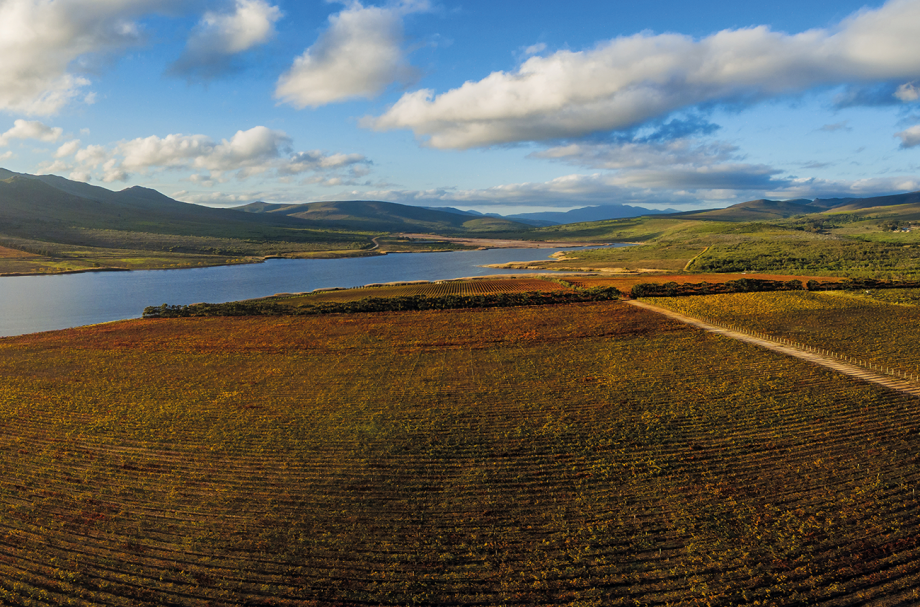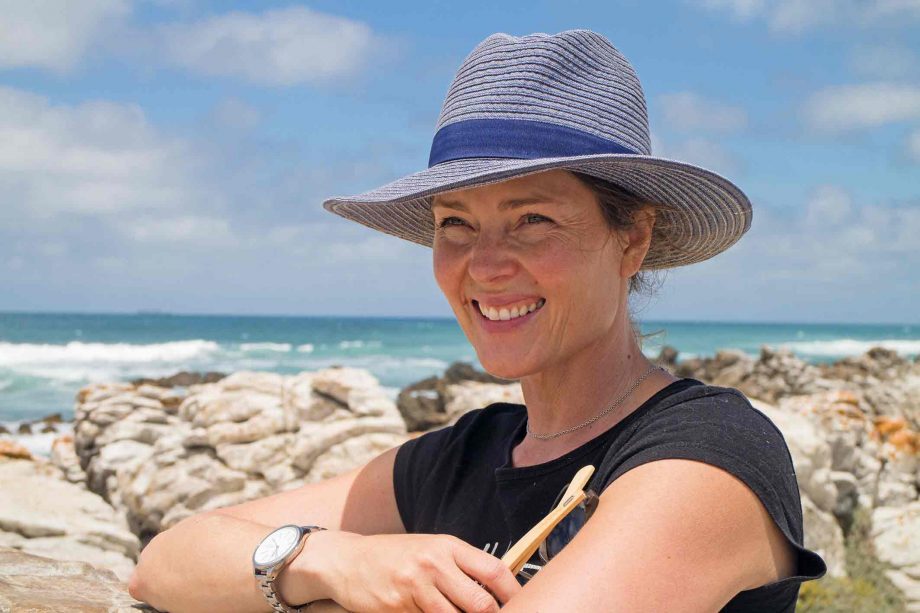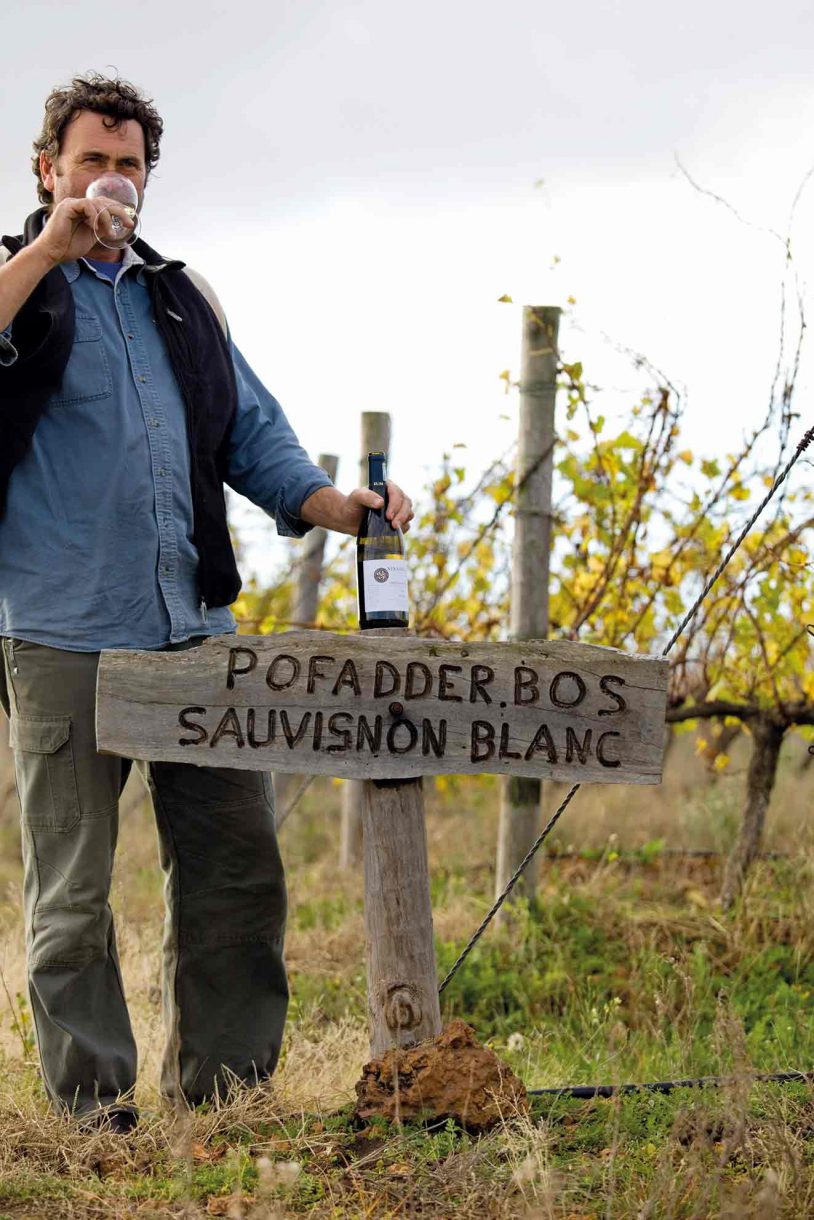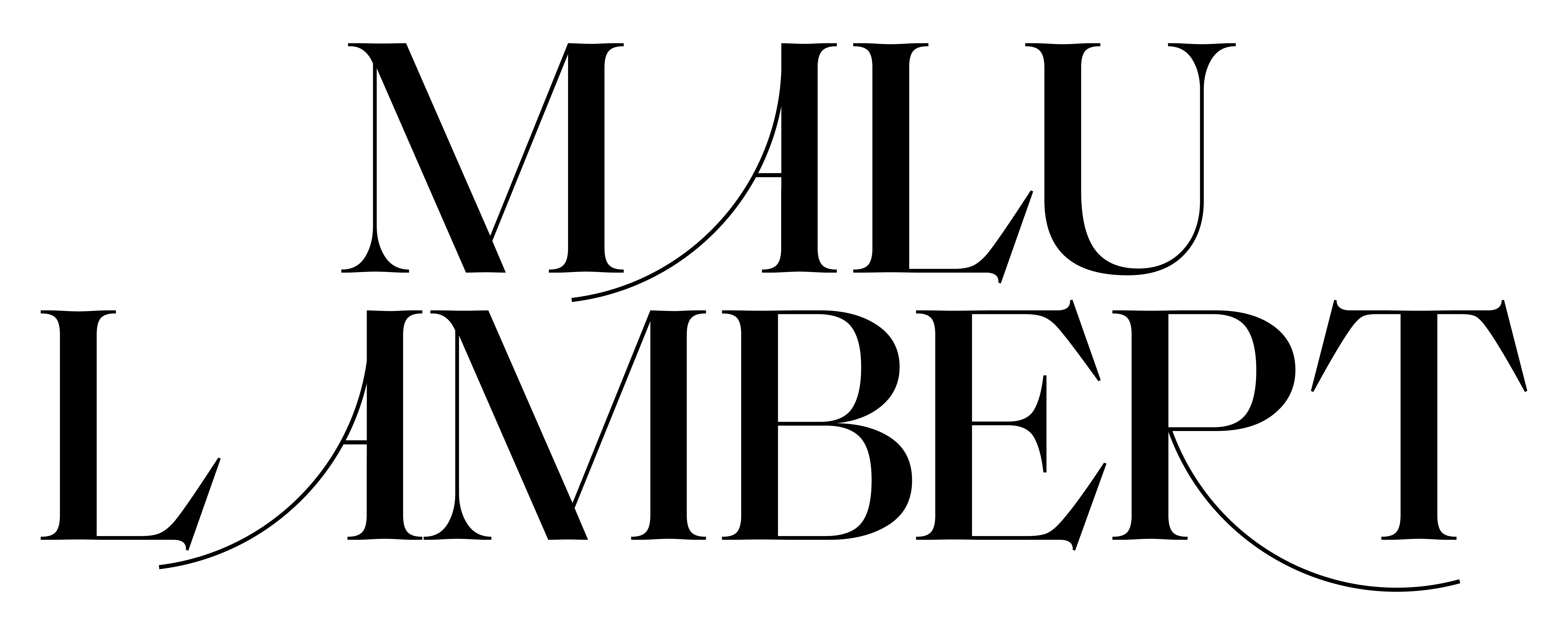11.
Wines from the edge
This article originally appeared in the August issue of Decanter
Agulhas Wine Triangle: South Africa’s southernmost wines Home to a forceful, ever-present wind, this remarkable region feeds off the elements, allowing them to cool and shape the environment – something winemakers use to their advantage when making South Africa’s southernmost wines. Malu Lambert discovers this unique, extreme region and picks her 12 must-try wines.
There are many places on earth defined by wind. It shapes the landscape – from dunes in deserts to bent trees along the coast, battering all into submission. It also informs viticulture, such as in the Rhône Valley, where vines are trained straight to avoid damage from the dogged Mistral.
Likewise, on the southwest edge of Africa is the Agulhas Wine Triangle, which lies between the South Atlantic and Indian Oceans at the point where the two giant masses meet, and is stalked by ocean gales and the strong wind and rain phenomenon known as the Black Southeaster.
![]()
There are many places on earth defined by wind. It shapes the landscape – from dunes in deserts to bent trees along the coast, battering all into submission. It also informs viticulture, such as in the Rhône Valley, where vines are trained straight to avoid damage from the dogged Mistral.
Likewise, on the southwest edge of Africa is the Agulhas Wine Triangle, which lies between the South Atlantic and Indian Oceans at the point where the two giant masses meet, and is stalked by ocean gales and the strong wind and rain phenomenon known as the Black Southeaster.

Here, the vines clinging to the edge of the continent are under perpetual assault from sea winds that whip along the Strandveld coastline – the resting place, unsurprisingly, of more than 130 shipwrecks.
This daily bombardment naturally limits vine growth, so vineyards here generally produce small yields, suited for quality production. The cooling effects help with acid retention in the grapes and lengthen the ripening period, resulting in more concentrated aroma and flavour development.
The wind dries moisture in the vine canopy, too, lowering disease pressure and allowing more sustainable farming methods.
At the Triangle’s core, the speciality is saline, site-expressive Sauvignon Blanc. Syrah fares well too, manifesting as fine and elegant.
Set within an obtuse triangle taking in Elim and Napier on the western side, Malgas and Swellendam to the east, and Cape Agulhas at the southernmost point, are the 10 members of the Agulhas Wine Triangle – a winemakers’ group established in 2019.
In Elim, this incorporates Black Oystercatcher, Strandveld Vineyards and The Giant Periwinkle as well as producers who source from the area: Trizanne Signature Wines, Ghost Corner and Land’s End. Then there’s Sijnn from Malgas, Olivedale from Swellendam, Lomond from Cape Agulhas and Bruce Jack’s The Drift Estate in Napier.
This daily bombardment naturally limits vine growth, so vineyards here generally produce small yields, suited for quality production. The cooling effects help with acid retention in the grapes and lengthen the ripening period, resulting in more concentrated aroma and flavour development.
The wind dries moisture in the vine canopy, too, lowering disease pressure and allowing more sustainable farming methods.
At the Triangle’s core, the speciality is saline, site-expressive Sauvignon Blanc. Syrah fares well too, manifesting as fine and elegant.
Set within an obtuse triangle taking in Elim and Napier on the western side, Malgas and Swellendam to the east, and Cape Agulhas at the southernmost point, are the 10 members of the Agulhas Wine Triangle – a winemakers’ group established in 2019.
In Elim, this incorporates Black Oystercatcher, Strandveld Vineyards and The Giant Periwinkle as well as producers who source from the area: Trizanne Signature Wines, Ghost Corner and Land’s End. Then there’s Sijnn from Malgas, Olivedale from Swellendam, Lomond from Cape Agulhas and Bruce Jack’s The Drift Estate in Napier.
Trizanne Barnard, winemaker and owner of Trizanne Signature Wines, was drawn both to the cool-climate elegance of Elim’s grapes and to the pioneering spirit of the area.
![]()
‘It has this energy I find nowhere else,’ she says. ‘Every time I enter the Agulhas Plains there’s this incredible light intensity. I’m always struck by it. And you can feel this bright tension in the wines too.’
Losing yourself
Like other famous triangles, Agulhas is easy to disappear in. I discover this for myself on a two-day road trip, following the lines of the Triangle, beginning at its sharpest point, in Swellendam.
The route is punctuated by characters, such as the eccentric Carl van Wijck of Olivedale, who greets us at his cellar door with bare feet (it was not a warm day), declaring: ‘Welcome to the palace of no pretensions!’ His winery is decked out with antiques, paintings and Persian carpets, and classical music is piped through the air. The wines are correspondingly eclectic.

‘It has this energy I find nowhere else,’ she says. ‘Every time I enter the Agulhas Plains there’s this incredible light intensity. I’m always struck by it. And you can feel this bright tension in the wines too.’
Losing yourself
Like other famous triangles, Agulhas is easy to disappear in. I discover this for myself on a two-day road trip, following the lines of the Triangle, beginning at its sharpest point, in Swellendam.
The route is punctuated by characters, such as the eccentric Carl van Wijck of Olivedale, who greets us at his cellar door with bare feet (it was not a warm day), declaring: ‘Welcome to the palace of no pretensions!’ His winery is decked out with antiques, paintings and Persian carpets, and classical music is piped through the air. The wines are correspondingly eclectic.
The range includes a bottling of that teinturier (red-fleshed) South African oddity, Roobernet, a cross between Cabernet Sauvignon and Alicante Bouschet created in the 1960s by Professor Christiaan Johannes Orffer of the University of Stellenbosch. A skin-macerated white, Wild Melody, was particularly appealing.
The trip continues over rolling dirt roads, sucking us ever closer to the coast. To get to Sijnn we have to park on a yellow steel pontoon that chugs across the serpentine Breede river. Sijnn is in Malgas, near the river’s mouth, its terrain characterised by river stones reminiscent of Châteauneuf-du-Pape’s famous galets.
The vineyards share space with orange-tipped aloes and other fynbos; grape-loving birds are a perennial hazard. Owner David Trafford (of De Trafford Wines in Stellenbosch) has handed day-to-day responsibility for viticulture and winemaking to young rising star Charla Bosman. Here, the focus is simply on a red and a white blend, both excellent.
More gravel roads swell beneath us as we make our way west to our home for the night at Black Oystercatcher. Proprietor and winemaker Dirk Human’s family have been farming this land for generations. Built like a rugby player, Human feels as immutable as the landscape, though there’s a finesse and gentle intelligence to his winemaking.
The trip continues over rolling dirt roads, sucking us ever closer to the coast. To get to Sijnn we have to park on a yellow steel pontoon that chugs across the serpentine Breede river. Sijnn is in Malgas, near the river’s mouth, its terrain characterised by river stones reminiscent of Châteauneuf-du-Pape’s famous galets.
The vineyards share space with orange-tipped aloes and other fynbos; grape-loving birds are a perennial hazard. Owner David Trafford (of De Trafford Wines in Stellenbosch) has handed day-to-day responsibility for viticulture and winemaking to young rising star Charla Bosman. Here, the focus is simply on a red and a white blend, both excellent.
More gravel roads swell beneath us as we make our way west to our home for the night at Black Oystercatcher. Proprietor and winemaker Dirk Human’s family have been farming this land for generations. Built like a rugby player, Human feels as immutable as the landscape, though there’s a finesse and gentle intelligence to his winemaking.
︎︎︎
He has a range of wines, including a Shiraz, but it’s the Sauvignon Blancs that impress. Human has made a study of the grape, producing a distinctive three-bottle collection he calls the Secrets of Sauvignon, made from grapes grown on different soil types: iron ferricrete, quartzite and shale.
From wetlands to mountains
The farm also encompasses extensive wetlands, which have been given over to conservation, including a resident pod of hippos. With the hippos keeping to the reeds, we drive through a herd of buffalo, our glasses filled with The Drift’s Penelope Brut Rosé Cap Classique sparkling.
While the wines of Elim are characterised by the sea, The Drift Estate – Bruce Jack’s Napier estate – looms mountainous towards the western tip of the Triangle. Jack describes his farm: ‘It’s at 500m on a north-facing slope. It’s very cool, allowing us to craft wines that are mountain-born: elegant, spicy, savoury and moreish.’
The next day dawns with a crystalline light. The Triangle lies at 34°S – with no obstructions to the flat plains, the sunlight spills over unimpeded.
From wetlands to mountains
The farm also encompasses extensive wetlands, which have been given over to conservation, including a resident pod of hippos. With the hippos keeping to the reeds, we drive through a herd of buffalo, our glasses filled with The Drift’s Penelope Brut Rosé Cap Classique sparkling.
While the wines of Elim are characterised by the sea, The Drift Estate – Bruce Jack’s Napier estate – looms mountainous towards the western tip of the Triangle. Jack describes his farm: ‘It’s at 500m on a north-facing slope. It’s very cool, allowing us to craft wines that are mountain-born: elegant, spicy, savoury and moreish.’
The next day dawns with a crystalline light. The Triangle lies at 34°S – with no obstructions to the flat plains, the sunlight spills over unimpeded.

The tip of Africa
Our next stop is Africa’s southernmost wine estate: Strandveld Vineyards. Conrad Vlok has been winemaker here since 2004. The estate is still relatively boutique – 87ha under vine, the majority of which is Sauvignon Blanc. ‘We currently have an Albariño trial underway, which is showing promise,’ Vlok mentions.
We pull over at the Pofadderbos Vineyard, so named as the highly venomous puff adder has often been spotted here. ‘Most of our vineyards are two decades old and replacement is very important,’ explains Vlok. ‘Due to the extreme weather conditions, our vineyards don’t have a very long productive lifespan – especially the Sauvignon Blanc, which can be affected by dieback. We are continuously planting new vineyards or replacement vines.’From this raw, wild landscape Vlok makes effortlessly elegant wines, expressive of the liminal terroir. The high acidity – an integral part of the structure – extends their longevity. As the wines get older they gain in complexity, the textures becoming silkier and the region’s intrinsic salinity intensifying.
There’s an abundance of storytelling from the town of Baardskeerdersbos, beginning with the name itself. It is based on a myth of small nocturnal spiders called ‘baardscheerders’, or beard shearers, which are said to cut men’s beards while they sleep. Pierre Rabie, winemaker at The Giant Periwinkle, uses this and other local legends as inspiration when naming his wines.
‘I love the Agulhas Plains. I grew up here,’ says Rabie. ‘It’s a privilege to make wine in such a beautiful and remote place – but you have to respect the elements.’
There’s an abundance of storytelling from the town of Baardskeerdersbos, beginning with the name itself. It is based on a myth of small nocturnal spiders called ‘baardscheerders’, or beard shearers, which are said to cut men’s beards while they sleep. Pierre Rabie, winemaker at The Giant Periwinkle, uses this and other local legends as inspiration when naming his wines.
‘I love the Agulhas Plains. I grew up here,’ says Rabie. ‘It’s a privilege to make wine in such a beautiful and remote place – but you have to respect the elements.’
He explains: ‘Agulhas grapes generally have high natural acidities and low pH, which contributes to the distinctive freshness and ageworthiness of the wines. I’ve learned to embrace the acidity and to work with it as opposed to against it.’
Rabie’s Blanc Fumé 2019 has luminous acidity – a scaffolding on which he layers pure fruit with just a hint of smoke from some oak contact in Russian flex cubes.
![]()
Rabie’s Blanc Fumé 2019 has luminous acidity – a scaffolding on which he layers pure fruit with just a hint of smoke from some oak contact in Russian flex cubes.

︎︎︎
Underlying energy
Our final destination is Lomond, further towards the coast. Previously in the portfolio of South African drinks giant Distell, Lomond is now privately owned and there are a number of ambitious projects underway.
This includes a new cellar across the Lomond dam (pictured at the top) featuring solar panels that power both the winery and irrigation of the vineyards, and the Rockpool wine range – based on the idea that rock pools are ever-changing and so will the wines be. The current releases include a Chenin Blanc white and a new-wave style of Mourvèdre red, which is punchy and bright, with just the right amount of structure.
At just 8km from the ocean, the wind is as ever-present here as it is through the rest of the Triangle; shaping, cooling, concentrating. The land feels alive with its own elemental breath.
Bruce Jack captures this feeling: ‘There is an underlying energy in Agulhas that’s impossible to fully grasp or explain. It’s as though the environment is not passive, rather it is an active participant. And this is what sets the wines apart.︎
Bruce Jack captures this feeling: ‘There is an underlying energy in Agulhas that’s impossible to fully grasp or explain. It’s as though the environment is not passive, rather it is an active participant. And this is what sets the wines apart.︎

